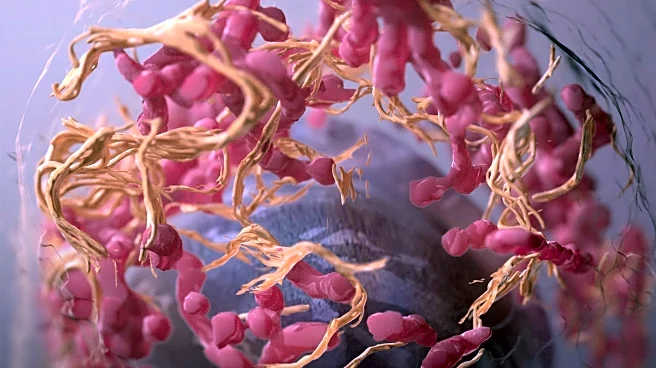What's Happening?
A study published in Nature has identified risk factors for the recurrence of deep infiltrating endometriosis (DIE) over a 6- to 12-year follow-up period. The research highlights that younger age at surgery and the presence of left-sided endometrioma
are significant risk factors for recurrence. The study also found that postoperative pregnancy and the use of gonadotropin-releasing hormone agonists (GnRH-a) for six months post-surgery are protective factors against recurrence.
Why It's Important?
Endometriosis is a common gynecological condition that can significantly impact women's health and fertility. Understanding the risk factors for recurrence can help in developing better management strategies and improving long-term outcomes for patients. The findings suggest that age and anatomical location of lesions should be considered in postoperative care, and that GnRH-a therapy may be beneficial in reducing recurrence rates.
What's Next?
The study recommends more rigorous long-term management for younger patients and those with left-sided endometrioma. It also suggests encouraging patients to pursue pregnancy post-surgery to reduce recurrence risk. Future research may focus on exploring other therapeutic options and biomarkers to further understand the biology of recurrence and its link to ovarian cancer risk.
Beyond the Headlines
The study underscores the importance of personalized medicine in treating endometriosis, considering individual risk factors and tailoring postoperative care. It also highlights the potential link between endometriosis and ovarian cancer, suggesting a need for ongoing vigilance and research in this area.













